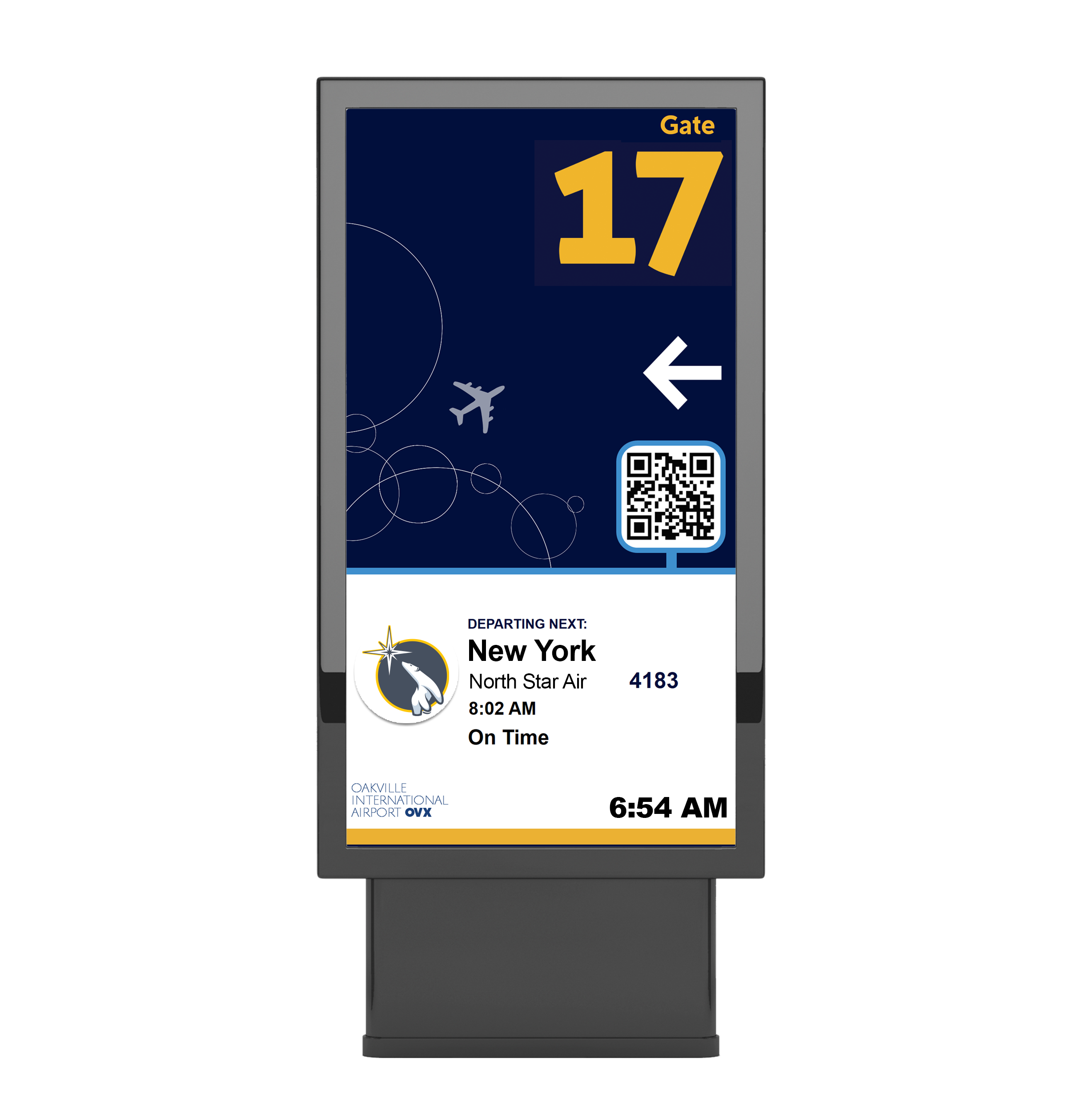By Neil Chatwood, Transportation Lead, Omnivex Corporation
QR codes are not a new concept. They have been around for close to 30 years. However, the Covid-19 pandemic caused a resurgence in the use of QR codes in some new and innovative uses.
Virtual Queuing
A QR code on a digital screen can quickly make information portable to a mobile device, and the pandemic dramatically increased the need for this. Now wait times, scheduling information, and many other details can update in real-time on an individual’s mobile phone. In addition, the QR code enables organizations to control crowds more effectively and allows folks to move around a facility while waiting for an appointment, flight, etc.
Passenger Queue System
In 2021, Omnivex and Wipro collaborated with the Greater Toronto Airport Authority (GTAA) on a cloud-based Passenger Queue System (PQS) pilot project to improve the boarding experience. Passengers scanned a QR code with their mobile device to access real-time boarding information without installing an app or updating their browser. Omnivex Ink, a digital communications platform, facilitated this.
This innovative approach to using QR codes had several advantages:
- Reduced congestion around the gate: Passengers didn’t need to swarm their gate to hear announcements or see the gate screen. Additionally, the gates with the PQS ensured boarding announcements and zones were visible to all guests and met ATPDR (accessible transportation for persons with disabilities regulations) requirements.
- On-time performance: Gates utilizing the PQS system reported zero delays.
- Reduced questions and announcements: Gates utilizing the PQS system experienced a decrease in both questions about boarding and announcements at the gate.
- Increased revenue opportunities: Having information accessible on their mobile phone allowed passengers to visit nearby restaurants or shops. 86% of flights collected ancillary revenue.
- No privacy concerns: Passengers could access real-time flight information from their mobile phones without logging into a platform, and the system tracked no personal information.
Monetization of screens
The combination of QR codes and digital signage provides a unique opportunity to monetize screens. For example, share vouchers and highlight limited-time deals or advertisements with a quick QR code scan. In venues such as airports, shopping malls, and stadiums, this provides a way to recoup the cost of their digital signage network while providing an enhanced passenger, shopper, or fan experience. These facilities can generate advertising revenue by enabling shops, services, and restaurants in their venue to promote themselves.
For example, in an airport, a QR code on a screen as the traveler walks to their gate provides a coupon for a new restaurant in the terminal. Similarly, a QR code on a lobby screen in the stadium includes ticket information for upcoming events.
The value of QR codes is clear, and innovative use cases will continue to evolve. QR codes are a quick and easy way to make information portable and accessible from a mobile phone. They also help align with “quiet” strategies in venues like airports by eliminating the need for announcements over the PA system.
DISCLAIMER
This article was provided by a third party and, as such, the views expressed therein and/or presented are their own and may not represent or reflect the views of Airports Council International-North America (ACI-NA), its management, Board, or members. Readers should not act on the basis of any information contained in the blog without referring to applicable laws and regulations and/or without appropriate professional advice.

